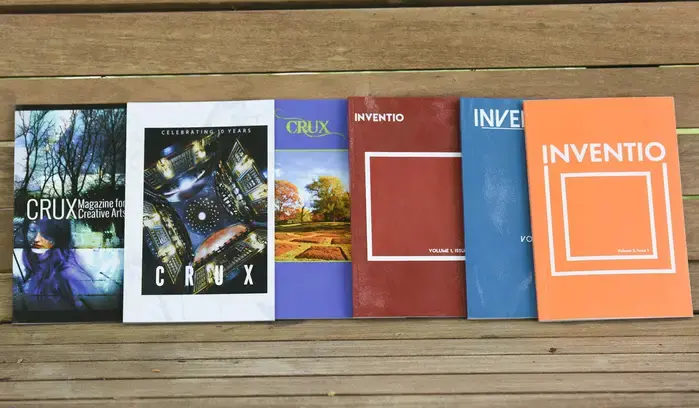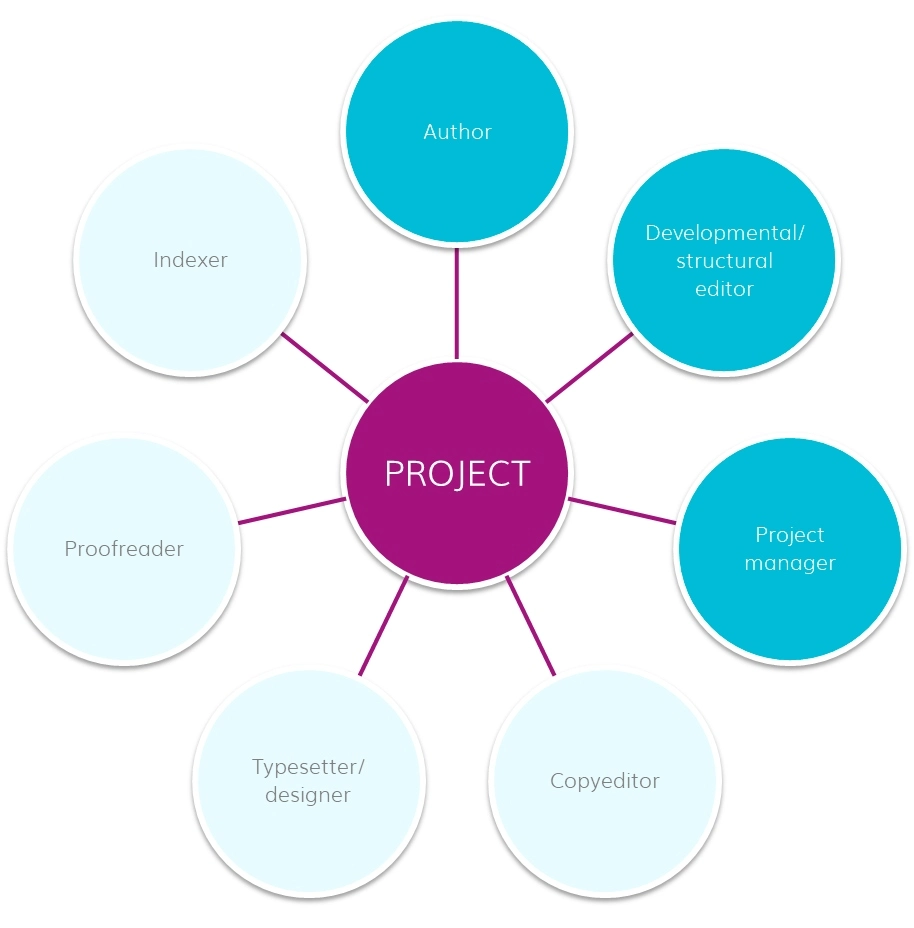
The first time I walked into the buzzing hub of our college's newspaper office, my senses were overwhelmed with the sheer vibrancy of it all. It struck me that beyond classrooms and textbooks was this uncharted territory where students' voices echoed powerfully. But what is student publications? I wandered back then. At its core, student publications are the mediums—newspapers, magazines, or online platforms—created, managed, and run by students to inform, entertain, and shape the dialogue within campus life. Platforms like PapersOwl might offer additional resources or insights for students aspiring to contribute to or enhance student publications, providing guidance on writing, editing, and publishing content that resonates within their campus community.
The Value of Student Publications
The role of student publications is paramount in any academic setting, especially when diving into the topic of "How student publications benefit campuses." From my observations and interactions, it's evident that these mediums do far more than merely publish content. They serve as a potent platform, allowing students to articulate their thoughts, voice their feelings, share their unique narratives, and even challenge the established status quo. These publications aren't just about presenting news or views. They are the embodiment of student identity and empowerment.
Furthermore, they are critical in fostering a vibrant academic and cultural environment. By allowing for many voices to be heard, they nurture a diverse and inclusive discourse, encouraging every student to contribute to and shape the ever-evolving tapestry of campus dialogue. It enriches the intellectual milieu and hones the critical thinking and analytical abilities of the students involved, whether they're contributors or readers. Utilizing effective tools like sentence starters for body paragraphs could aid students in structuring and organizing their thoughts within these publications, facilitating clearer and more impactful communication of ideas to a broader audience.
Types of Student Publications

While exploring this world, I came across various publications for college students. While newspapers and magazines are pretty standard, the realm of creating online student writing publications has expanded significantly. Additionally, specific domains cater to niche interests, like college student fiction publications. Each type serves a unique purpose, allowing students from different backgrounds and passions to converge, collaborate, and create meaningful content.
Writing and Reporting Opportunities
While at a student publication, I realized that the task was much more profound than merely putting words on paper. It was the art and craft of storytelling. Every story, every article, every piece was a tapestry woven from threads of experiences, insights, and facts. Whether it was covering a riveting event that had the whole campus talking, diving deep into interviews to extract authentic emotions and perspectives, or meticulously crafting investigative pieces that shed light on lesser-known truths, student publications stand as a beacon, offering a wealth of opportunities for those who are keen to embark on the journey of writing and reporting.
But in the midst of all this, a pressing question echoed in the back of my mind: "What is the responsibility of a student journalist?" Is it merely to inform? To document events as they unfold? The answer is intricate. Beyond the fundamental duties of ensuring accuracy and fairness, a student journalist carries a weighty responsibility. This duty extends beyond the pages of the publication. It's a commitment to the unwavering pursuit of truth, an allegiance to the readers who depend on our words, and a pact with the larger community to present stories that matter, challenge the status quo, and catalyze thought and change.
Editorial Roles and Leadership

Delving beyond the mere act of writing, the vast universe of student publications encompasses a dynamic interplay of decision-making, strategizing, and leadership. When I consciously chose to step into the shoes of an editor, I was introduced to a nuanced world replete with the subtleties of content selection, the art of team management, and the profound principles of publication ethics.
Assuming these editorial roles equip students with a multifaceted skill set. They are challenged to steer through complex situations, hone their abilities to manage diverse teams effectively, and consistently uphold the unwavering power of student journalism. However, leadership within student publications transcends the mere title or designation one holds. It's a profound responsibility that necessitates ensuring that the campus's collective voice not only echoes loudly but is also received with the esteem and reverence it deserves.
Promoting Diversity and Inclusivity
Throughout my journey, I've been constantly inspired and enlightened by student publications' role in enhancing the tapestry of diversity and inclusivity within educational institutions. These publications, often led by passionate students, serve as more than just platforms for news and updates; they are beacons of hope and empowerment. They intentionally elevate the stories of those who have historically been silenced or overlooked, amplifying marginalized voices that desperately need to be heard.
By challenging conventional wisdom and questioning established narratives, these independent platforms don't merely inform; they educate, provoke thought, and initiate dialogue within communities. It is not about presenting a singular perspective but instead creating a symphony of diverse voices that reflects the true essence of the student body. When a person reads a piece from someone with a different background, they gain insight into that individual's experiences, challenges, and dreams. Independent voices bring unique perspectives, fostering a more profound understanding among readers and bridging seemingly impossible gaps within and between communities.
What struck me the most in this exploration was realizing "Why we need student journalism." It isn't simply about reporting news or showcasing talent. It's about shaping the very ethos of our educational spaces. Through the diligent work of student journalists and the platforms they represent, campuses are better informed and transformed into sanctuaries of inclusivity, understanding, and unity. In an age where divisiveness seems pervasive, student publications are a testament to the potential for unity and harmony in diversity.
Networking and Professional Development

One of the foremost advantages of student publications in campus life is their myriad networking and professional development opportunities. Engaging in these activities allows students to meet peers with similar interests, faculty members, alums, and even professionals in the field. These connections can be instrumental in future endeavors in academia or other professional areas.
For those wondering how to access publications as college student, it often starts with joining or contributing to these student publications. Whether writing, editing, or managing the logistics, there's an invaluable learning experience at every turn. Furthermore, for those aiming for advanced studies or a career in academia, understanding "How many publications should a PhD student have?" or "How many publications does a graduate student have?" becomes crucial. Being active in student publications gives them a head start and an understanding of the publishing process.
Balancing Academics and Publication Commitments
Participating in student publications is rewarding, but it comes with its set of challenges, especially when it comes to balancing academics and publication commitments. The rigors of college coursework can be demanding, and adding publication duties can stretch a student's time and energy. However, this balance teaches students essential time management skills, prioritization, and multitasking.
Students often wonder, "How many student publications a year is normal per college?" The answer varies. Some colleges may have numerous monthly magazines, while others might focus on a single quarterly journal. Regardless, the commitment to any publication requires dedication and discipline.
The Impact of Student Publications
To understand what does student publications mean, one must look at their profound impact. These platforms allow students to voice their opinions, share research, and showcase creativity. Moreover, they serve as a record of campus life, documenting events, sentiments, and shifts in student culture over the years.
Beyond the confines of the campus, student publications enhance the institution's reputation. They highlight the caliber of its students and the quality of education and training provided. For many prospective students and faculty, these publications offer a window into the ethos and vibrancy of the campus.
Conclusion
In the grand tapestry of campus life, student publications play a pivotal role. They offer networking and professional development opportunities, challenge students to balance their academic and extracurricular commitments, and leave an indelible mark on the institution's legacy.
For students aspiring to research, understanding publication metrics becomes more accessible through firsthand experience. In sum, student publications are not just about producing content; they are about shaping minds, forging connections, and contributing to the ever-evolving world of knowledge.
FAQs
Student publications are newspapers, magazines, or online platforms managed by students. They inform, entertain, and drive dialogue within campus life, representing student identity and empowerment.
Apart from traditional newspapers and magazines, there are online student writing platforms and niche domains like fiction publications catering to varied interests.
They help students develop writing, reporting, and analytical skills. They also provide networking opportunities a better understanding of the publishing process, and teach essential skills like time management and multitasking.




Leave your comment here